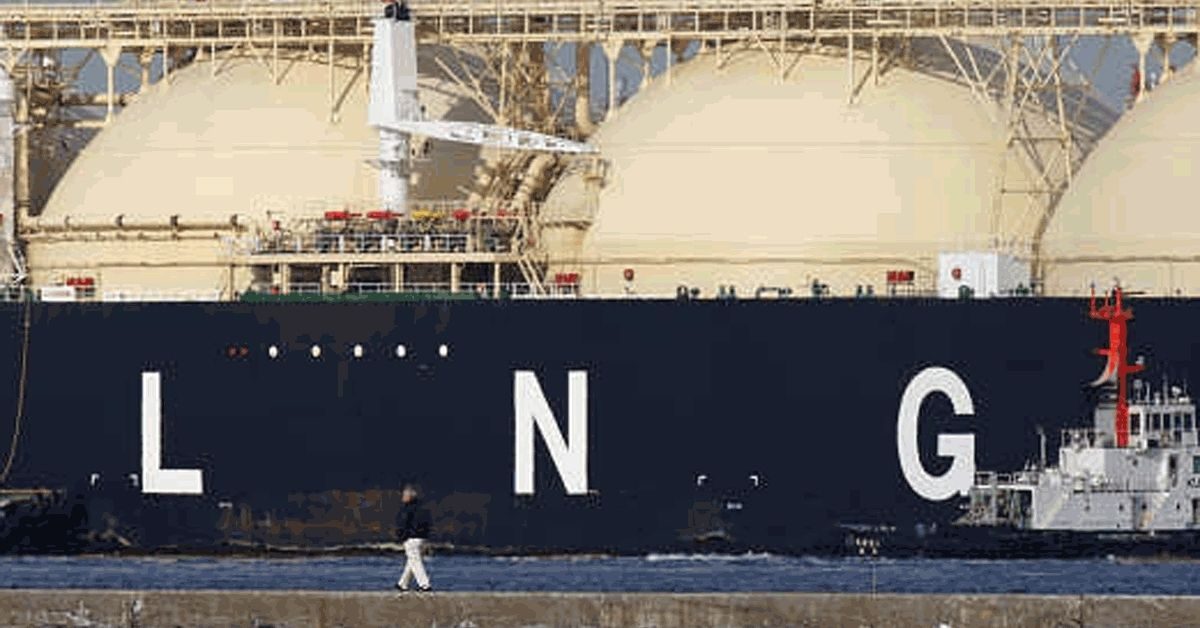2021 was a year of dramatic progress and growth for LNG (Liquefied Natural Gas) as a marine fuel and its pathway to decarbonisation. Orders for LNG-fuelled vessels hit record levels while the bunkering infrastructure continued to expand at pace. There was significant progress on increasing production of bioLNG and renewable
synthetic LNG. LNG vessels will maintain value as shipping moves towards a net-zero future. LNG is indeed a fuel in transition and leading the move to a cleaner future for the deep-sea maritime industry.
Since our last review in January 2021, the volume of LNG-fuelled newbuilding orders has accelerated dramatically to approach 30% of gross tonnage ordered according to Clarksons. For some segments, such as the ultra-large container vessels which underpin the global trading system, more than 50% of the order book is either LNG-fuelled or LNG-ready.
It is noteworthy that orders for LNG-fuelled container liners increased five-fold since January 2020. It is anticipated that over 90% of the new Pure Car and Truck Carriers (PCTC) that will enter the market in the coming years will be LNG dual fuel (DF). Tankers and bulkers are also following suit, with increases of seven-fold and two-fold, respectively, over the 18-month period. Gibson highlighted that almost a quarter of tanker orders are LNG-fuelled: twenty Very Large Crude Carriers, 41 Aframax/Long Range product tanker and two Suezmax tankers plus forty LNG-ready tankers.
2021 marked exponential growth in LNG-fuelled deep sea-vessel orders, with more than a dozen operators announcing multi-vessel orders over the year:
- CMA CGM welcomed nine new container vessels to its fleet in 2021 and ordered another ten with KSOE. Zim chartered ten more, while Hapag Lloyd ordered six container ships. MSC joined these liner companies investing in LNG by announcing fuelling switches to LNG for newbuildings on order in China.
- Mitsui OSK Lines, NYK Line, K Line and Langh Ship all announced orders for LNG-fuelled bulk carriers.
- UECC launched an additional three car carriers, these also featured combined LNG-battery propulsion, and Volkswagen will bring four new LNG-fuelled car carriers into service in 2023. K Line and NYK have orders for eight and twelve dual-fuelled PCTCs respectively. NYK announced that their LNG-fuelled PCTC fleet will approach 40 vessels by the later part of this decade. While placing an order for four LNG-fuelled PCTCs, MOL announced it wants a 90-strong fleet of LNG-fuelled vessels by 2030. Wallenius also ordered two LNG-powered car carriers with options for four more in addition to the two LNG PCTC vessels ordered by Wallenius SOL, its joint venture company with Swedish Orient Linien.
- In the passenger world, Brittany Ferries and TT Line both ordered two LNG-fuelled ferries, while P&O Cruises’ Iona made its maiden LNG-fuelled voyage, and both AIDA and Costa Cruises took delivery of their second LNG-fuelled vessels, AIDAcosma and the Costa Toscana, respectively.
Given the exponential growth in LNG newbuildings, DNV forecasts that demand for the fuel will triple to more than 3.5m tonnes by 2024. In support of this demand the build-out of LNG bunkering infrastructure continued in 2021.
According to DNV – there are now 33 LNG Bunker Vessel (BV) in operation with a further 42 on order or under discussion. By end of 2022 BVs will be operating in northern Europe, the Mediterranean, USA, Canada, South Korea, Japan, Malaysia, China, Singapore, Brazil and South Africa. Other regions such as Australia are also investing in LNG bunkering. LNG bunkering is available at 141 ports worldwide. Clarkson forecasts that this will grow to 170 ports in 2022. TotalEnergies is forecasting that LNG bunkering will represent 10% of global bunkering by the end of the decade.
In 2021 Singapore bunkered its first LNG-fuelled container ship, when the FuelLNG Bellina provided ship-to-ship bunkering for the CMA CGM Scandola. Singapore MPA also awarded its third LNG bunkering licence to Total Marine Fuels. Total Energies also announced plans for LNG bunkering in Oman.
- Sumitomo Corporation announced it would partner with Turkish pipeline operator BOTAŞ and Arkas Bunkering to bring an LNG bunkering hub to Turkey.
- Stabilis Solutions Inc have signed memoranda of understanding to bring LNG as a marine fuel to the Port of Galveston, Galveston Wharves, Cameron Parish Port, Port Isabel as well as the Port of Corpus Christi.
- Puget LNG opened for business in the Pacific Northwest of America.
- Shell supplied LNG for AET Tanker the Pacific Ruby in Port Canaveral.
- Class society, RINA, was awarded a framework contract by the European Maritime Safety Agency that will help expand LNG bunkering and storage at ports in the Mediterranean, Black, and Caspian seas.
- ENN Natural Gass won China’s first LNG Bunkering License to become a supplier at the Port of Zoushan.
On the bunker vessel front:
- Shell continues to charter new Bunker Vessel tonnage, including a 20,000 m3 newbuilding from Avenir.
- TotalEnergies ran sea trials for its LNG bunkering vessel in Marseille.
- Norway-based Kanfer Shipping ordered two LNG bunker vessels.
- Societe Generale facilitated the provision of financing to Pan Ocean for one of the world’s first purpose-built LNG bunkering vessels.
- Seaspan ordered a bunker vessel for the US West Coast34 and Fratelli Cosulich for operations in the Mediterranean.
- The largest Articulated Tug and Barge Unit (ATB) ever built in the USA, the Clean Canaveral was delivered to Polaris New Energy by Fincantieri Bay Ship Building. A second ATB of similar size has already been contracted between the two parties.
- Shell entered an agreement with Crowley Maritime Crop to develop an LNG bunker vessel along the East Coast of the USA.
Source: SEA LNG: A VIEW FROM THE BRIDGE








